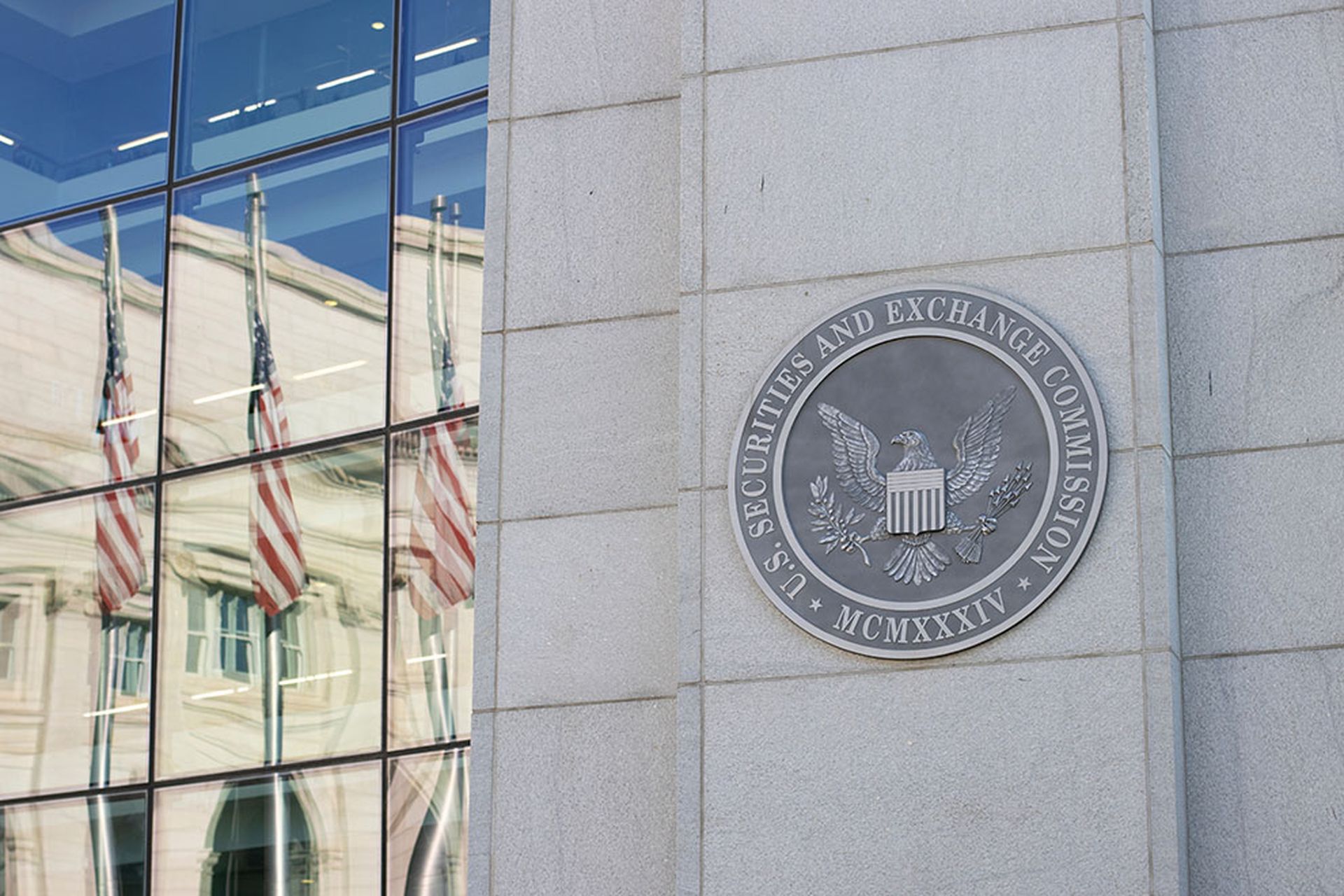So far this year, there have been 312 data breaches as of March 14, 2017, which have compromised a combined total of more than 1.3 million records.
The medical sector accounted for the lion's share of compromised records leaking 744,435 records but only accounted for 25.3 percent of the breaches, according to the Identity Theft Resource Center's ITRC 2017 Data Breach Category Summary report.
The business sector accounted for the highest percentage of breaches at 49.7 percent, but fewer records, 474,401, were compromised as a result of the breaches.
The government/military sector was responsible for the loss of 43,799 records while the educational sector was responsible for exposing 39,698 records.
It's worth noting that many of the 312 data breaches disclosed the number of records exposed. The ITRC defines a breach as “an event in which an individual's name plus Social Security Number (SSN), driver's license number, medical record, or a financial record/credit/debit card is potentially put at risk – either in electronic or paper format.”
This is the year that every type of company will come under attack regardless of what market they are in. Plixer International CEO Michael Patterson told SC Media.
“Everything from evolving ransomware and other malware to DDoS attacks, third-party vulnerabilities to insider threats have expanded the threat landscape almost exponentially,” Patterson said. “Despite the billions of dollars spent in research and development, exploits continue to be found and many that are not even discovered.”
Patterson went on to say that vendors can capitalize of the inability of cybercriminals to completely cover their tracks. He said all major hardware vendor export a flow technology called NetFlow or IPFIX and that by enabling this technology, the hardware will export a steady stream of near real-time details about every connection it observes.
“Flow collectors that receive the steady stream of flows from thousands of devices act as a kind of DVR for playing back communications,” Patterson said. “Making them the ‘turn to, investigative system when suspicious behaviors are uncovered by security appliances.”
He said from their firms can reinforce cyber defenses and motivate bad actors to move onto finding an easier target.



